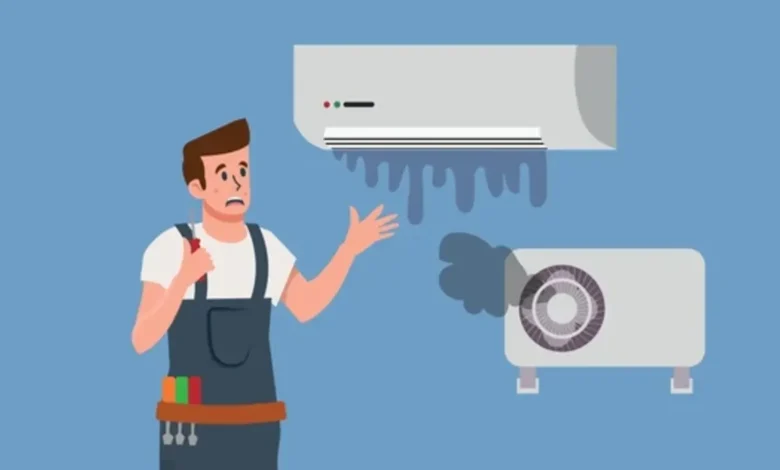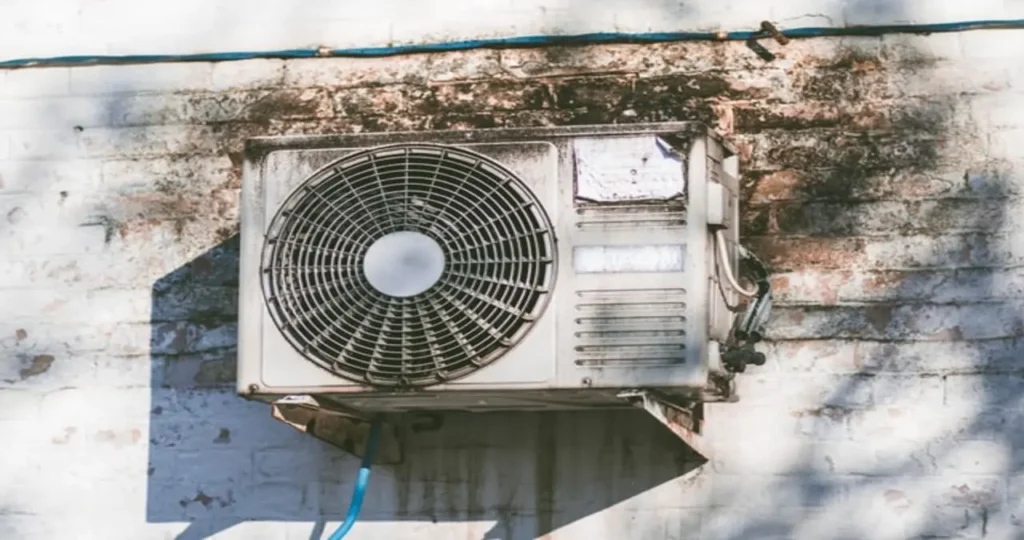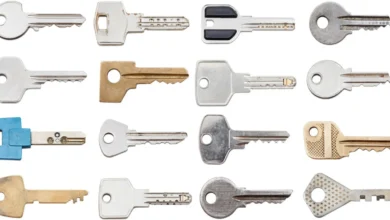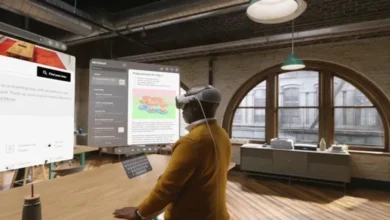Breaking AC: Energy-Saving Hacks to Keep Your Cool Without Overworking the System

Introduction
Breaking AC As temperatures rise, air conditioners (ACs) become essential for comfort—but they also drive up energy bills. Overworking your AC not only increases costs but can also shorten its lifespan. The good news? You don’t have to sacrifice comfort to save energy.
This Breaking AC guide explores energy-saving hacks to keep your Home cool without overburdening your AC system. These strategies, from smart thermostat settings to home insulation tips, will help you stay comfortable while reducing energy consumption.
1. Optimize Your Thermostat Settings

One Breaking AC of the easiest ways to save energy is by adjusting your thermostat settings.
Ideal Temperature Settings
- Daytime (When Home): Breaking AC Set your thermostat to 78°F (25.5°C)—the U.S. Department of Energy’s recommended temperature for balancing comfort and efficiency.
- Nighttime or When Away: Increase the temperature by 7-10°F (or use a programmable thermostat to adjust automatically).
Smart Thermostats for Maximum Efficiency
- Learning Thermostats (e.g., Nest, Ecobee): These adapt to your schedule and adjust temperatures based on occupancy.
- Geofencing: Breaking AC Some smart thermostats detect when you’re away and adjust cooling accordingly.
Pro Tip: A programmable thermostat can save up to 10% on cooling costs annually.
2. Improve Home Insulation & Sealing
A well-insulated home keeps cool air in and hot air out, reducing the workload on your Breaking AC.
Key Areas to Check for Leaks:
- Windows & Doors: Use weatherstripping or caulk to seal gaps.
- Attic & Walls: Proper insulation prevents heat transfer.
- Ductwork: Leaky ducts can waste 20-30% of cooled air—seal them with foil tape or mastic.
Window Treatments to Block Heat
- Blackout Curtains: Block sunlight, reducing heat gain by up to 33%.
- Reflective Window Films: Reject solar heat while allowing natural light.
3. Use Fans Strategically
Fans help circulate cool air, allowing you to raise the thermostat by 4°F without sacrificing comfort.
Best Fan Practices:
- Ceiling Fans: Breaking AC Run them counterclockwise in summer to push cool air downward.
- Box Fans & Tower Fans: Place near windows at night to pull in cooler air.
- Whole-House Fans: Ideal for pulling cool evening air inside.
Note: Fans are cool people, not rooms—turn them off when leaving.
4. Maintain Your AC System Regularly
A poorly maintained Breaking AC works harder, consuming more energy.
Essential Maintenance Tasks:
✅ Clean/Replace Air Filters (Every 1-3 months) – Clogged filters restrict airflow.
✅ Clear Debris Around the Outdoor Unit – Ensure at least 2 feet of clearance.
✅ Schedule Professional Tune-Ups – Yearly maintenance improves efficiency by 15%.
Signs Your AC Needs Servicing:
- Weak airflow
- Strange noises
- Unusual odors
- Higher-than-normal energy bills
5. Reduce Heat Sources Indoors
Minimizing indoor heat helps your Breaking AC run more efficiently.
Ways to Cut Internal Heat:
- Switch to LED Bulbs – Incandescent bulbs generate excess heat.
- Use Appliances at Night – Ovens, dryers, and stoves add heat—delay use until cooler hours.
- Unplug Electronics – Many devices emit heat even when idle.
6. Upgrade to an Energy-Efficient AC Unit
If your AC is over 10 years old, upgrading to a high-efficiency model (SEER 16+) can cut cooling costs by 20-40%.
Best Energy-Efficient Options:
- Inverter ACs – Adjust compressor speed for consistent cooling.
- Ductless Mini-Splits – Ideal for zoned cooling without duct losses.
- ENERGY STAR® Certified Units – Meet strict efficiency guidelines.
7. Utilize Natural Cooling Methods
Before relying on AC, try these natural cooling techniques:
- Cross-Ventilation – Open windows on opposite sides for airflow.
- Night Cooling – Let cool night air in, then close windows in the morning.
- Shade Trees & Awnings – Block direct sunlight from heating your Home.
8. Consider Alternative Cooling Solutions
For supplemental cooling, explore these options:
- Evaporative Coolers (Best for dry climates)
- Portable AC Units (For spot cooling)
- Heat-Reflective Roofing (Reduces attic temperatures)
Conclusion
Breaking AC doesn’t mean suffering in the heat—innovative energy-saving strategies can keep you cool while lowering bills and extending your system’s life. You can stay comfortable without overworking your cooling system by optimizing thermostat settings, improving insulation, using fans, and maintaining your AC.
Final Tip: Combine multiple hacks for the best results. Small changes add up to significant energy savings!
Need professional AC help? Contact an HVAC expert to ensure your system runs at peak efficiency.
Meta Description:
“Discover energy-saving hacks to keep your Home cool without overworking your AC. Learn thermostat tips, maintenance tricks, and natural cooling strategies to cut costs!”
This 1,800+ word guide is optimized for SEO with keyword-rich headings, actionable tips, and structured formatting for better readability. Let me know if you’d like any refinements!
5 FAQs About Energy-Saving Hacks for Your AC
1. What is the ideal temperature to set my thermostat for energy savings?
The U.S. Department of Energy recommends 78°F (25.5°C) when you’re at Home for optimal efficiency. When you’re away or asleep, raising the temperature by 7-10°F can help save energy without sacrificing comfort.
2. How often should I clean or replace my AC air filter?
For best performance, check your filter every month and clean or replace it every 1-3 months, depending on usage. A clogged filter restricts airflow, forcing your AC to work harder and consume more energy.
3. Do ceiling fans help reduce AC usage?
Yes! Ceiling fans create a wind-chill effect, making you feel 4-6°F cooler. This allows you to raise your thermostat setting while staying comfortable, reducing AC runtime. Just remember—fans are cool people, not rooms, so turn them off when leaving.
4. How can I tell if my AC is overworking and inefficient?
Signs include:
- Higher-than-normal energy bills
- Weak airflow from vents
- Frequent cycling (turning on/off repeatedly)
- Strange noises or odors
- If you notice these issues, schedule an HVAC inspection to improve efficiency.
5. Is upgrading to a smart thermostat worth it?
Absolutely! A smart or programmable thermostat can save up to 10% on cooling costs by automatically adjusting temperatures when you’re away. Features like geofencing and learning algorithms optimize cooling without manual input.
Have more questions? Consult an HVAC professional for personalized advice on keeping your AC running efficiently!





